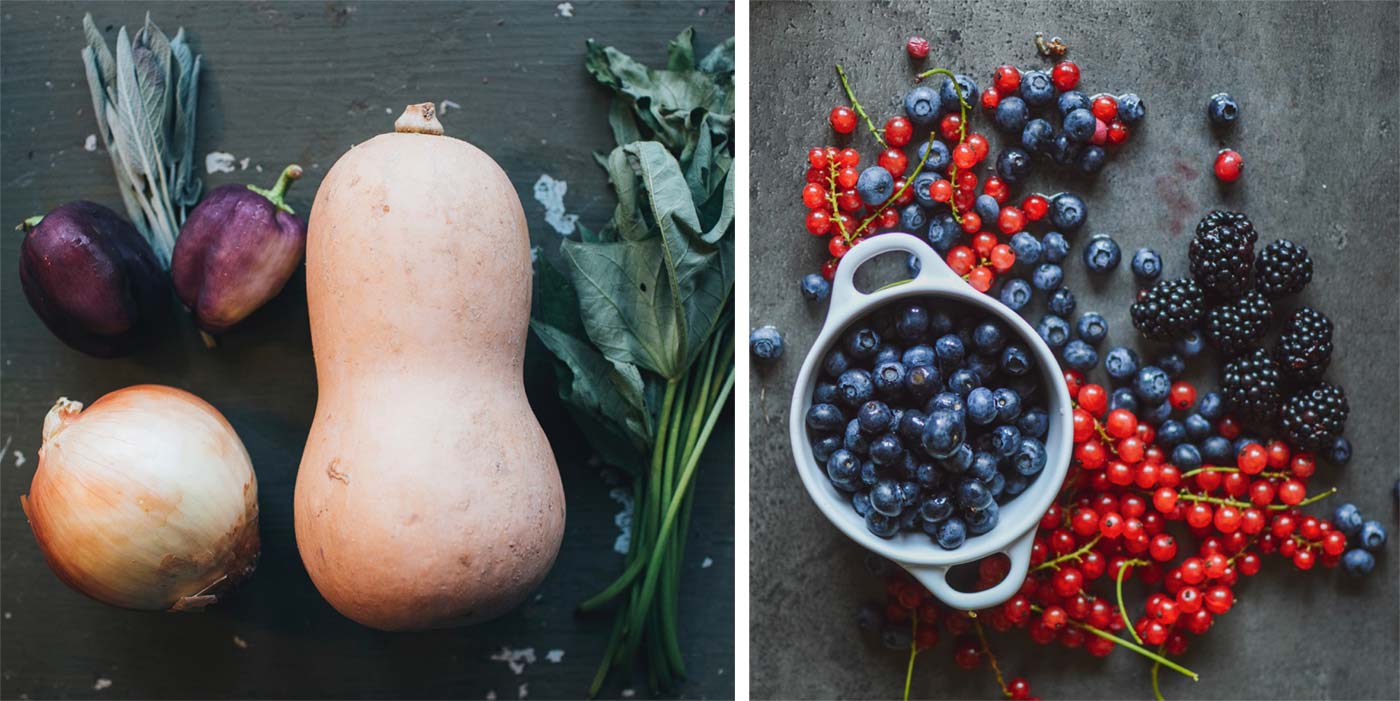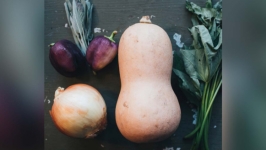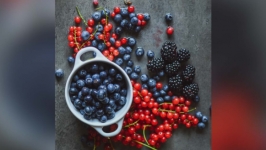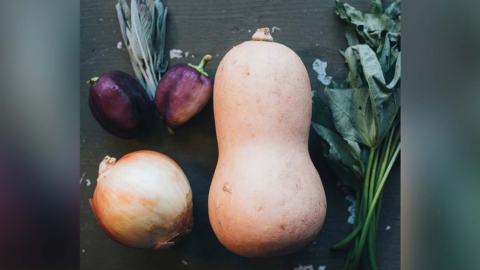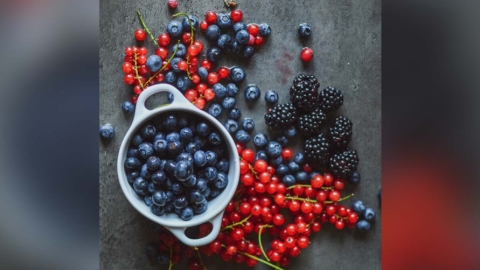Feast Your Eyes: How What We Eat Impacts Our Health
What are the five basic tastes and what might they signal to our brain over the course of human evolution? Salty, sour, bitter, sweet and umami are the accepted quintet, with some scientists lobbying for the inclusion of the taste of fat. (Umami was added relatively recently, in 2000, so fat has a chance.) But for now, we recognize that our brains respond to salt with thirst; sour and bitter signal that a food might be dangerous (poisonous or rotten); sweet indicates that the food is safe and caloric; and umami (the Japanese word for deliciousness) signals protein.
“The ability to sense each of these tastes is believed to have evolved to improve the chances of survival for our earliest ancestors,” explains Dr. Guy Crosby, Adjunct Associate Professor of Nutrition at Harvard T.H. Chan School of Public Health, in a review of the connection between taste and smell, published in The Nutrition Source on May 31, 2005. “The sweet taste of fruit indicates a source of sugars for energy. Umami is believed to have evolved as a means to detect protein and essential amino acids. Salt is required for regulating the level of bodily fluids. Sour indicates the presence of spoiled food, as we might find in old milk. Many toxic compounds found in plants produce a very bitter taste. And fat is another important source of energy as well as essential fatty acids. Our sense of taste evolved to detect nonvolatile molecules that we cannot smell.” But it is not that simple.
Increasingly, research suggests that our brains are in cohort with our gastrointestinal tract, so what we eat—and taste— impacts the totality of our health.
In the age of Instagram, it is clear that humans are visual, so I started to think about how babies reach for the colorful toys, or chickens gravitate to the color red. Have we also evolved to reach for colorful food? Perhaps the five basic tastes could use a colorful makeover. Antioxidants (carotenoids, vitamins C and E, and selenium, for example) promote disease-fighting cells in the body. A colorful, plant-based diet is high in beta-carotene, vitamin C and vitamin E and people who maintain a healthy weight and eat a colorful plant-based diet have more active white blood cells, which improves immune function. It is also high in fiber, which feeds the beneficial bacteria in a healthy gastrointestinal microbiome.
For example, sweet potatoes, carrots and green leafy vegetables are high in beta-carotene. Red peppers, strawberries, oranges, broccoli, mangoes, lemons and blueberries are high in vitamin C. Seeds, nuts, spinach and broccoli are high in vitamin E. But it does not stop with color alone. Marta Zaraska writes in her 2016 book Meathooked, the “bitter phyto chemicals such as phenolic compounds or flavonoids found in vegetables are actually very healthy. They lower the risk of cardiovascular disease and several types of cancer, may help cure some immune disorders and help manage type 1 diabetes.”
This brings me to tart. Tart foods like vinegar, lemons and certain types and varieties of fruit are some of the healthiest immune-boosting foods out there. In fact, older varieties of fruit may be more nutrient dense because newer varieties of fruit have been bred to be sweeter. I much prefer a handful of blueberries that makes me pucker a bit over those that seem blandly sweet.
Blueberries, blackberries and apples are best with a little bit of tartness. Tartness to me represents tannin, antioxidants, pectin and polyphenols. Plant polyphenols have protective properties against chronic diseases and plant polyphenols as a group contribute to bitterness, astringency, color, flavor, odor and oxidative stability (i.e. browning). So far, science has identified more than 8,000 different polyphenols in plants; some of the classifications may sound familiar. Phenolic acid (which give onions the ability to last in the pantry for months), flavonoids (which represent color like the anthocyanins in blueberries), stilbenes (which accounts for the resveratrol in red grapes and red wine) and lignans (a phytoestrogen found in legumes, seeds and nuts). So, color and tartness may be all you need to identify fruits and vegetables that have protective properties.
There is a growing food movement among indigenous nations to use their traditional foodways to restore health, economies, culture, language and environment. It seems like a tall order but it is testimony to the power that food has on the health outcomes of many things. In The Sioux Chef’s Indigenous Kitchen, Chef Sean Sherman writes, “Why isn’t the original indigenous diet all the rage today? It’s hyperlocal, ultra-seasonal, uber-healthy: no processed foods, no sugar, no wheat (or gluten), no dairy, no high-cholesterol animal products. It’s naturally low glycemic, high protein, low salt, plant-based with lots of grains, seeds and nuts. Most of all it is utterly delicious.”


